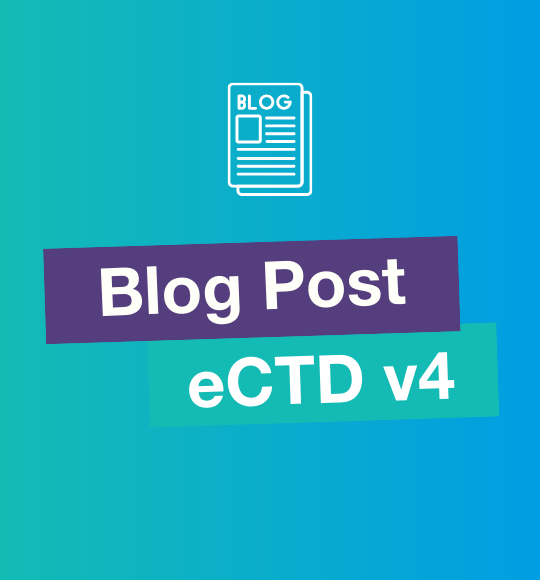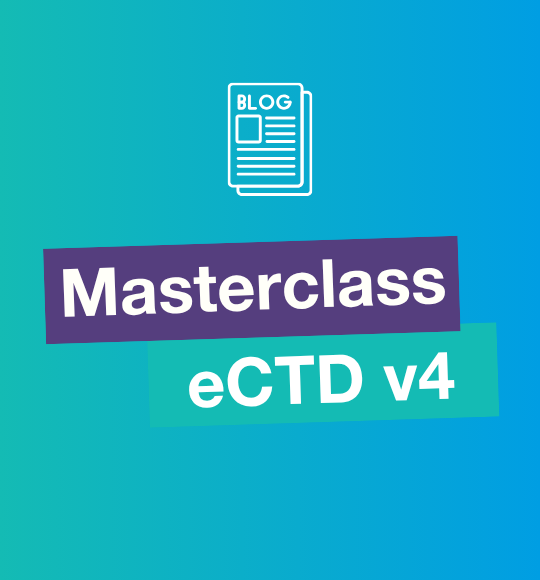Meanwhile, eCTD is already mandatory for submissions within the Centralised and new MAA in Decentralised or Mutual Recognition Procedures in Europe (please refer to the eSubmission roadmap, figure 2). eCTD will fully replace paper submissions by January 2019 (see Figures 1 and 2, US FDA and European Roadmap for eCTD, respectively). eCTD is much more than reading the technical specification from ICH, FDA, and European Medicines Agency (EMA). EXTEDO would like to help guide you through these uncertain times. In the below sections, we will discuss some topics to take into consideration before submitting to the FDA or European Agencies.

eCTD Related Guidelines for US FDA and EU
With the FDA eCTD mandate for INDs and DMFs upon us, now all original applications and lifecycle submissions for human drugs and biologics must be submitted to the FDA in eCTD format.
What are the most important guidelines you have to follow for an eCTD submission to US FDA?
So what is eCTD, you may ask? The electronic common technical document (eCTD) is an interface and international specification for the pharmaceutical industry to agency transfer of regulatory information. By moving toward an eCTD format, agencies are better able to harmonize, share and search through information in a more structured manner. Electronic submissions reduce the time and effort of reviewers to review data, approve new drugs and monitor drugs after they have been approved for market. This additional benefit of cutting down the times of review ultimately gets products to the patients faster.
Now your company wants to adopt eCTD, but how do you do it? Fortunately, there is more than one option for your company. Many companies prefer to keep everything in-house and purchase a software tool that allows the creation of eCTD submissions. Other companies elect to outsource their submissions to other companies. In either case, both are acceptable; the FDA just needs the submission to be in eCTD format and compliant with their validation criteria.
The days of shipping boxes and boxes of binders are over. With the move to eCTD, paper submissions are now outdated. So you may now ask yourself, how does my company get our submissions to the FDA? The FDA now requires companies to use their Electronic Submissions Gateway for submissions < 10 GB, commonly known as the FDA ESG. In order for companies to access and use the FDA ESG, they must first create an ESG Account. The FDA has provided systematic instructions on its website on how to set up this Account. Most people do not realize how complex these instructions are and that the entire end-to-end setup can take up to a month, based on FDA responses. Companies may also elect to have consultancy companies with existing ESG Accounts submit their submissions through the ESG on behalf of your company.
Things to know before you send your submission through the ESG are as follows. First is what Center is your submission going in the FDA. The FDA has multiple Centers that submissions can be routed to, whether it is CDER, CBER, or OTC. Selecting the wrong Center can delay the submission from getting to the reviewer or even result in the submission being rejected. Secondly, you must always have the correct forms included in your submissions. The fillable forms that need to be included can be downloaded from the FDA website for you to fill out. The ESG uses these fillable forms to route your submission to the correct Center locations. The forms need to be filled out with information that is consistent with the contents of your submission, and once completed, it must be electronically signed. However, if your company does not have an electronic signature process in place, you can submit the filled-out electronic form without an electronic signature along with a printed scanned wet ink version of the form.
So your company now knows how they are creating eCTD submissions and how to deliver those submissions to the FDA; what else should your company take into consideration before submitting? Most importantly, your company is responsible for all the content that goes into your submissions. If you are unsure of what needs to be included in each of your submissions, you should contact your Project Manager (PM) at the FDA.
One of the most important guidelines for the FDA is that your submission content is correct. Document content, as well as submission metadata content, should be published in a consistent manner and compliant with FDA-compliant standards.
Finally, once your company has all the content for an eCTD submission. You have filled out and included your forms in the submission. Your company knows how they are delivering it to the FDA. Does your company know if your submission is compliant with the FDA standards? We will discuss some of the things the FDA is looking for to ensure submissions are compliant, as well as some Extedo recommendations in upcoming articles.
What are the most important guidelines you have to follow for an eCTD submission to European Health Agencies?
Besides the 32 national Health Agencies, we have the European Medicines Agency and the EDQM (European Directorate for Quality of Medicines & Healthcare), which are responsible for the application of Certificates of Suitability from Active Substance manufacturers.
The first website you consult is the eSubmission website hosted by EMA. Here you will find the Module 1 specification for eCTD in the EU as well as the technical files, which include the validation criteria for eCTD and NeeS. The specification gives all the technical details about how to build an eCTD for the EU. Your eCTD publishing tool should fulfill all these technical requirements, but it is recommended to research the specification and validation criteria to get a deeper knowledge about eCTD publishing and validation. A “must” to be studied before you start with eCTD in the EU is the “Harmonised Technical Guidance for eCTD Submissions in the EU. “ This user guide gives examples and How-To information, e.g., the lifecycle of a cover letter and application form, working documents, baselines, and much more. It is constantly updated to comply with the current specification and answer all possible questions from applicants. Another helpful document is the “EMEA IMPLEMENTATION OF ELECTRONIC-ONLY SUBMISSION AND eCTD SUBMISSION: QUESTIONS AND ANSWERS RELATING TO PRACTICAL AND TECHNICAL ASPECTS OF THE IMPLEMENTATION. “ Please keep in mind that some of this information is already obsolete, e.g., the submission on CD/DVD to the EMA. EMA only accepts submissions via the gateway. This guidance should definitely be read together with the Harmonised technical guidance to avoid any mistakes.
Since last year the electronic Application Form (eAF) has been mandatory to be used for submissions for Europe. The relevant information, as well as the link for download, are referenced below, together with a guidance and Q&A document for the correct use of the eAF. In the chapter eSignatures, you can inform yourself about the topic of electronic signatures for the EU if you want to use them.
If you are an Active Substance Manufacturer and have to submit an Active Substance Master File (ASMF) to the EMA or to some National Competent Authorities (NCAs), you should research the section about ASMF in eCTD format.
You should also study the guidelines about PSUR submissions in the EU as if your dossier is already in eCTD format. A PSUR has to be submitted as an eCTD sequence and undergoes specific requirements, as it has to be submitted via the PSUR Repository. Information about the EMA gateway is listed on the eSubmission website; however, electronic submission platforms in the EU will be handled in another article.
While the eSubmission website handles eCTD information in general and is valid for all types of Marketing Authorisation Procedures in the EU, the Heads of Medicines (HMA) website offers additional information about eCTD related to the Decentralised (DCP) and Mutual Recognition Procedure (MRP). The “CMDh BEST PRACTICE GUIDE ON THE USE OF THE ELECTRONIC COMMON TECHNICAL DOCUMENT (eCTD) IN THE MUTUAL RECOGNITION AND DECENTRALISED PROCEDURES” explains situations that are very special for eCTD format in these kinds of submissions, e.g., the pure national submissions to just one agency and how to prepare an eCTD dossier for the start of an MRP, etc. This guidance should be followed to avoid confusion and break of lifecycle within your eCTD dossiers.
National Competent Authorities publish information about eCTD submissions, but this information is more relevant to, e.g., the media, which they accept in eCTD submissions. Mostly they just reference the eSubmission or HMA website, which are more helpful. Your company should research these websites if you plan to submit a DCP, MRP, or national submission to be sure all requirements for these submissions are met. There is a lot of information available on the national language, so it might be helpful to have a local agent on hand who is familiar with local requirements.
Finally, all new applications for a Certificate of Suitability have to be submitted in eCTD format from January 2018; the EDQM has also published a guideline. The “Guidance for electronic submissions for Certificates of Suitability (CEP) applications” gives advice about the dossier format and other specific requirements for a submission to the EDQM. This guidance should be read in coincidence with the ASMF guidance from EMA, as they might supplement each other.
Overall, eCTD is much more than the technical specifications, but if you study the whole framework, you can prepare your submissions according to the national requirements and submit them successfully to all agencies.
Literature:
http://ec.europa.eu/health/documents/eudralex/vol-2_en
http://esubmission.ema.europa.eu/
https://www.edqm.eu/en/certification-policy-documents-guidelines#new applications
.png)


